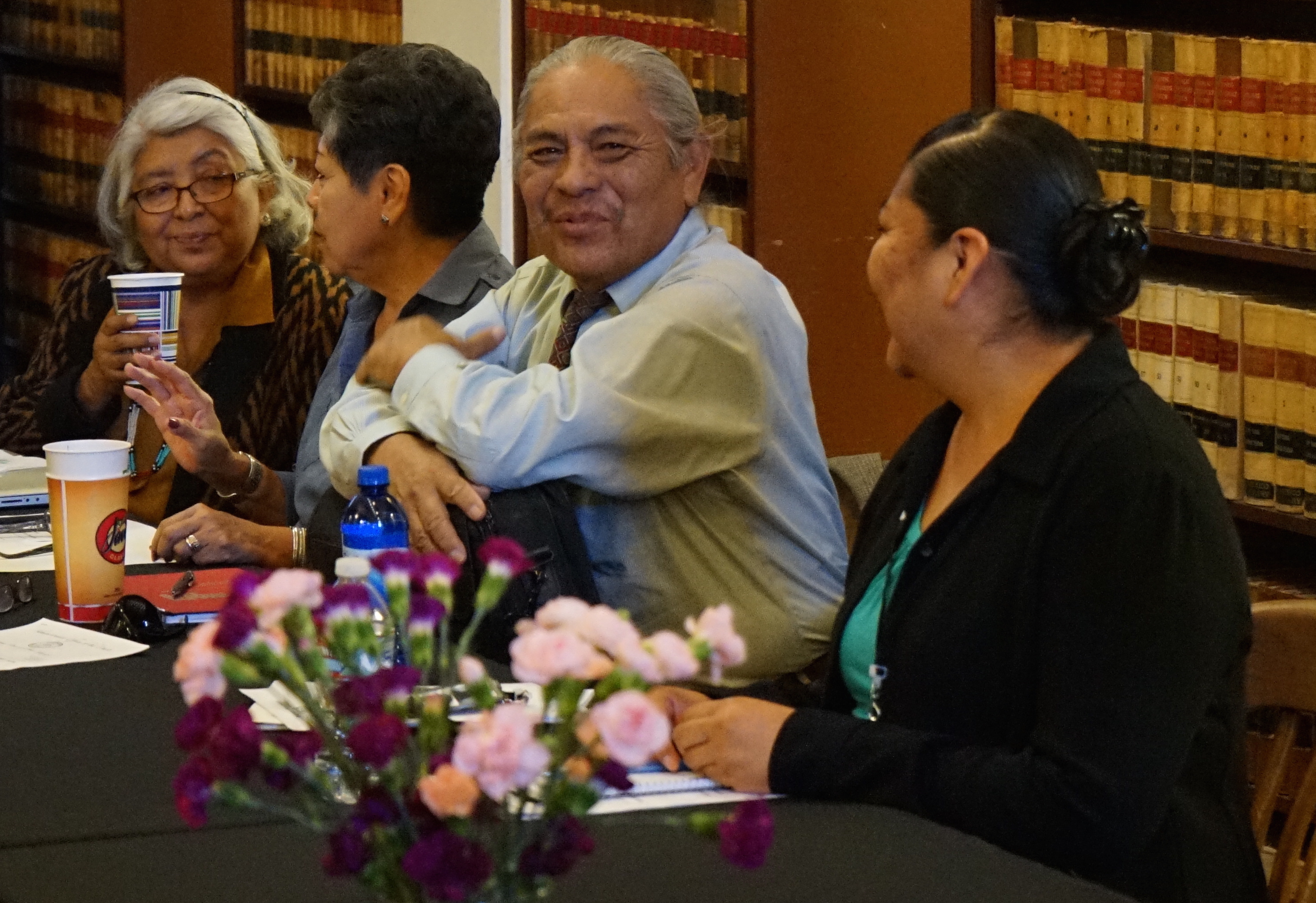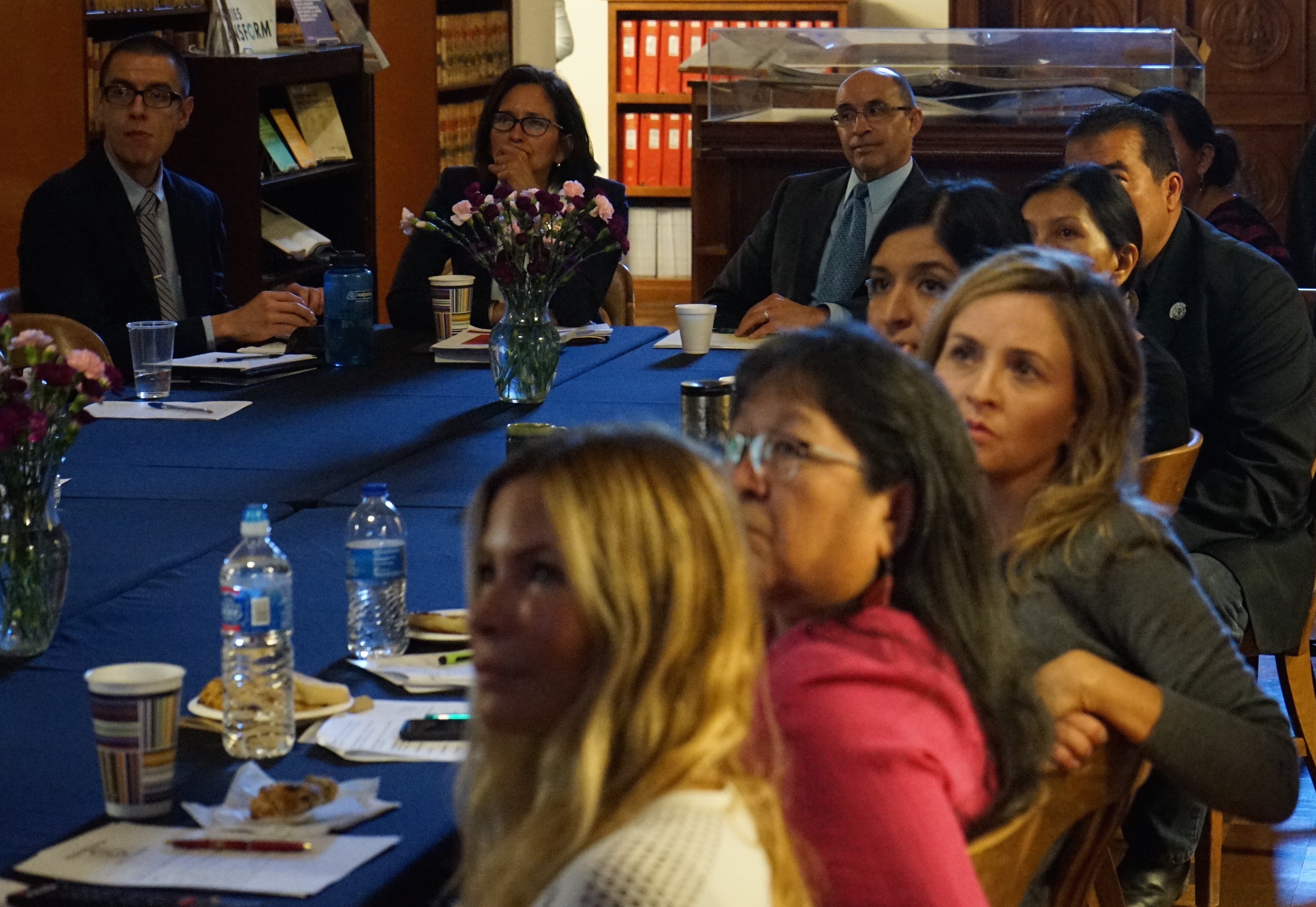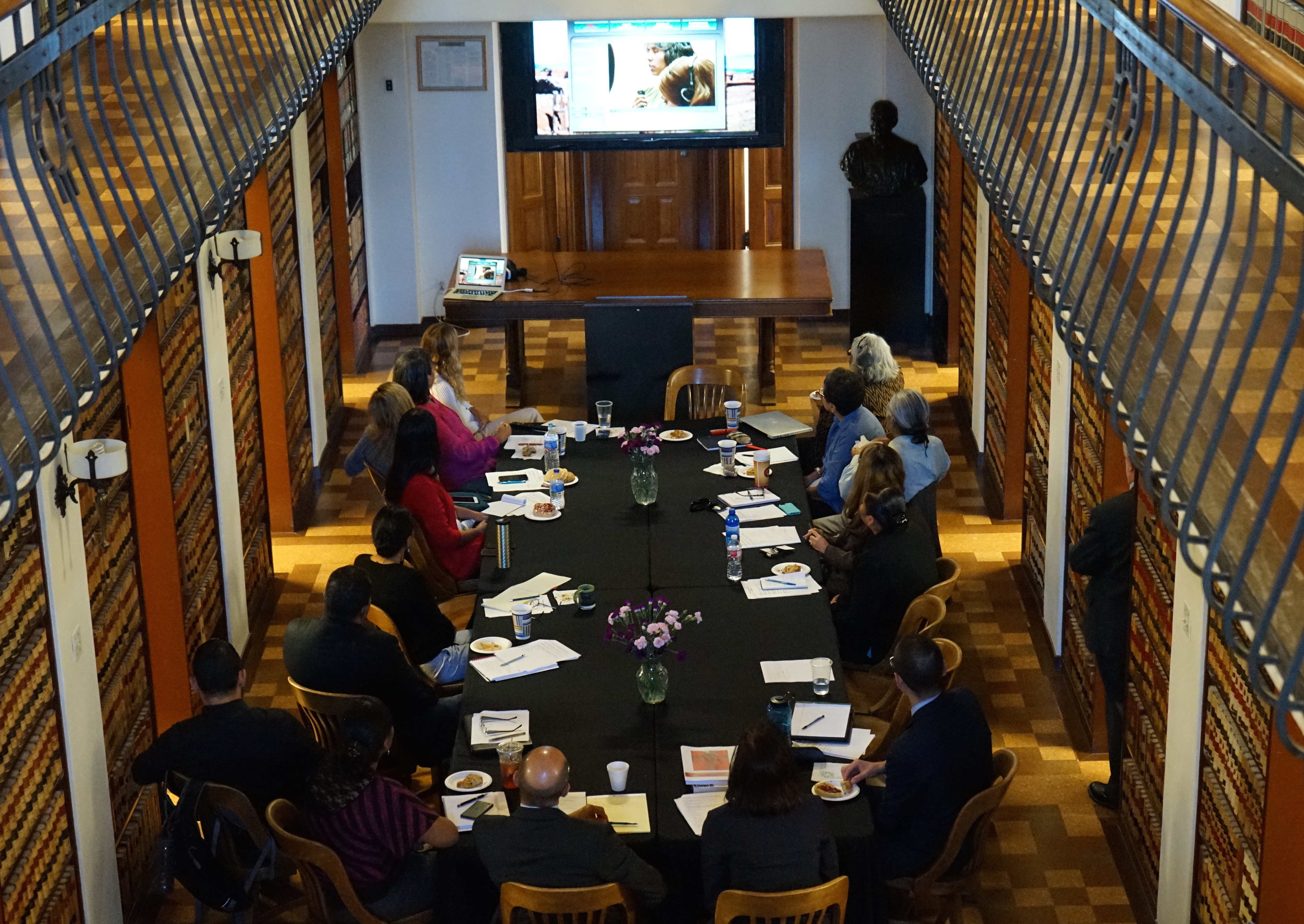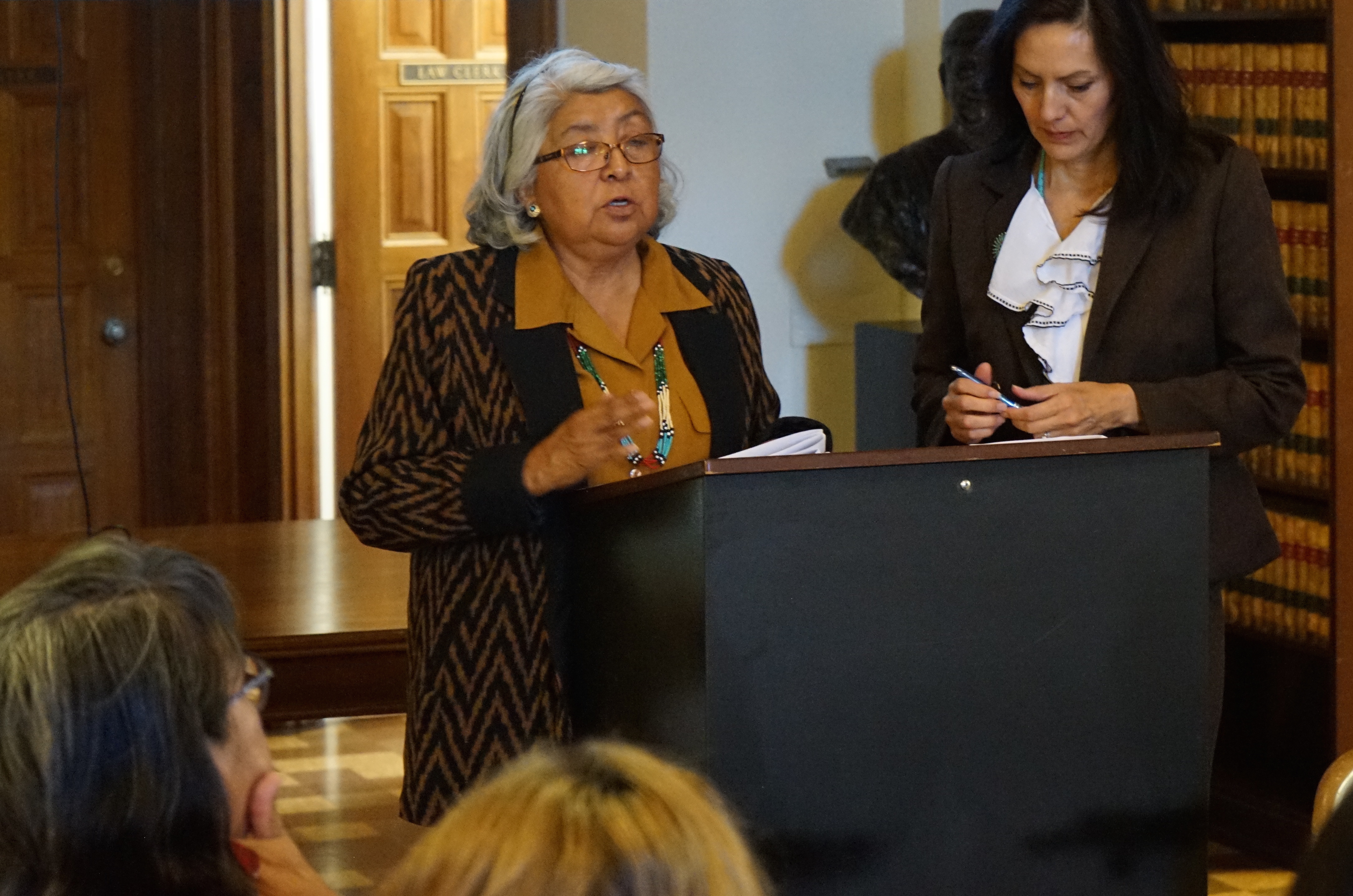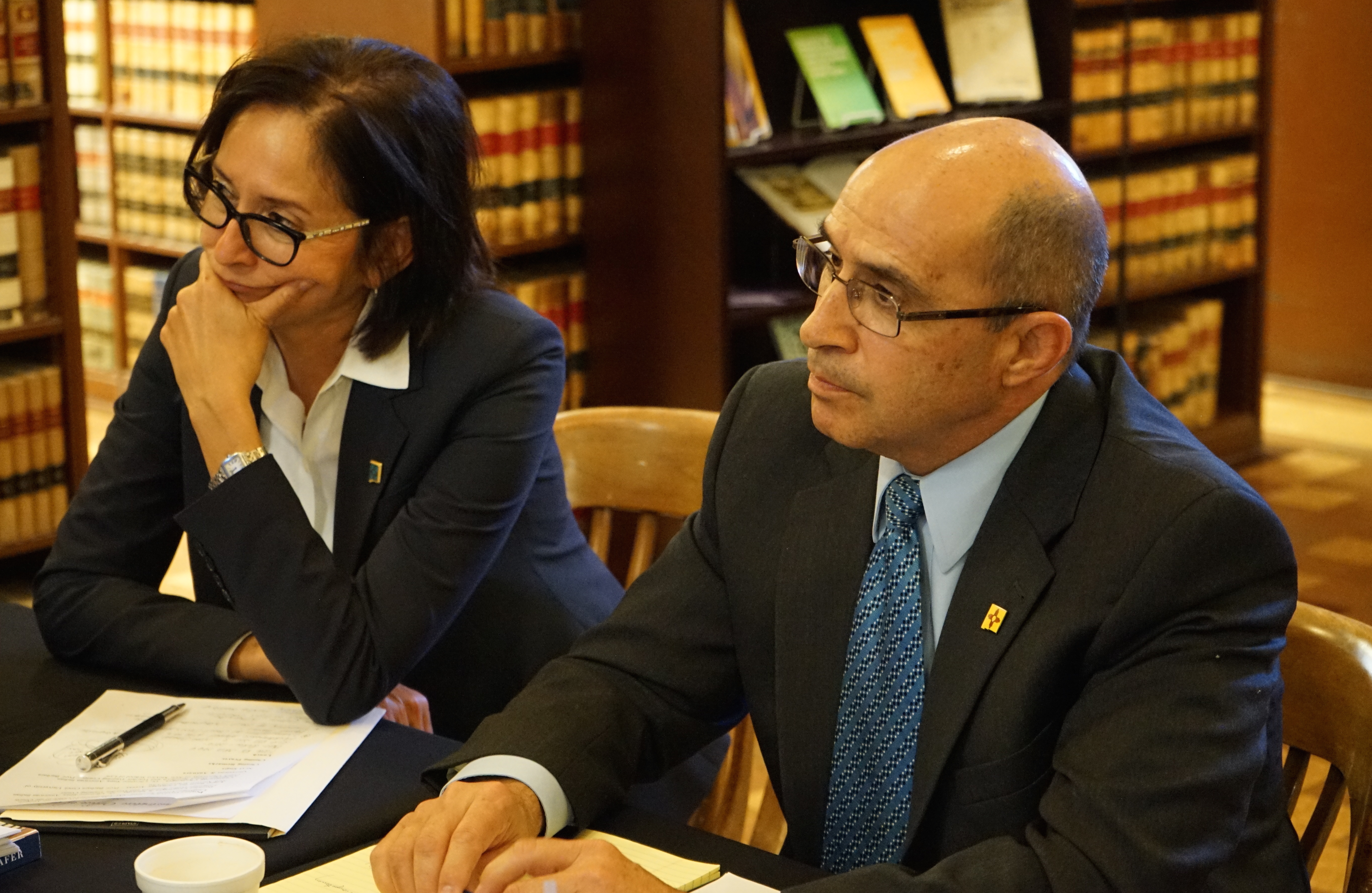PROJECT ABSTRACT
This project was funded by the State Justice Institute. Additional funding was provided by the NM Administrative Office of the Courts, the NM Judicial Education Center and the NM School of Law. The primary objective of this project was to develop a sustainable training and qualification process for court interpreters of the Navajo language and the languages of New Mexico’s Pueblos, which is culturally appropriate and protects the rights of tribal members as they function within the state court system. The project is intended to be replicable in other states, and includes training for judges and state court personnel.
Video Documentary on Project
The New Mexico Administrative Office of the Courts (NMAOC) in collaboration with the University of New Mexico, School of Law worked on the development of a language neutral, culturally appropriate educational model to prepare interpreters of Tribal languages to provide language access services in a variety of court and legal settings. The Alaska Court System participated in this project as it relates to their work with Yup’ik speakers in the Bethel region of Alaska.
Underlying this work is the common thread of culture within each language group. Cultural morés will have an impact on defining the abstract legal concepts, understanding modes of interpreting, and framing ethical parameters that respect the relationship of interpreter and “client” within the specific cultural context.
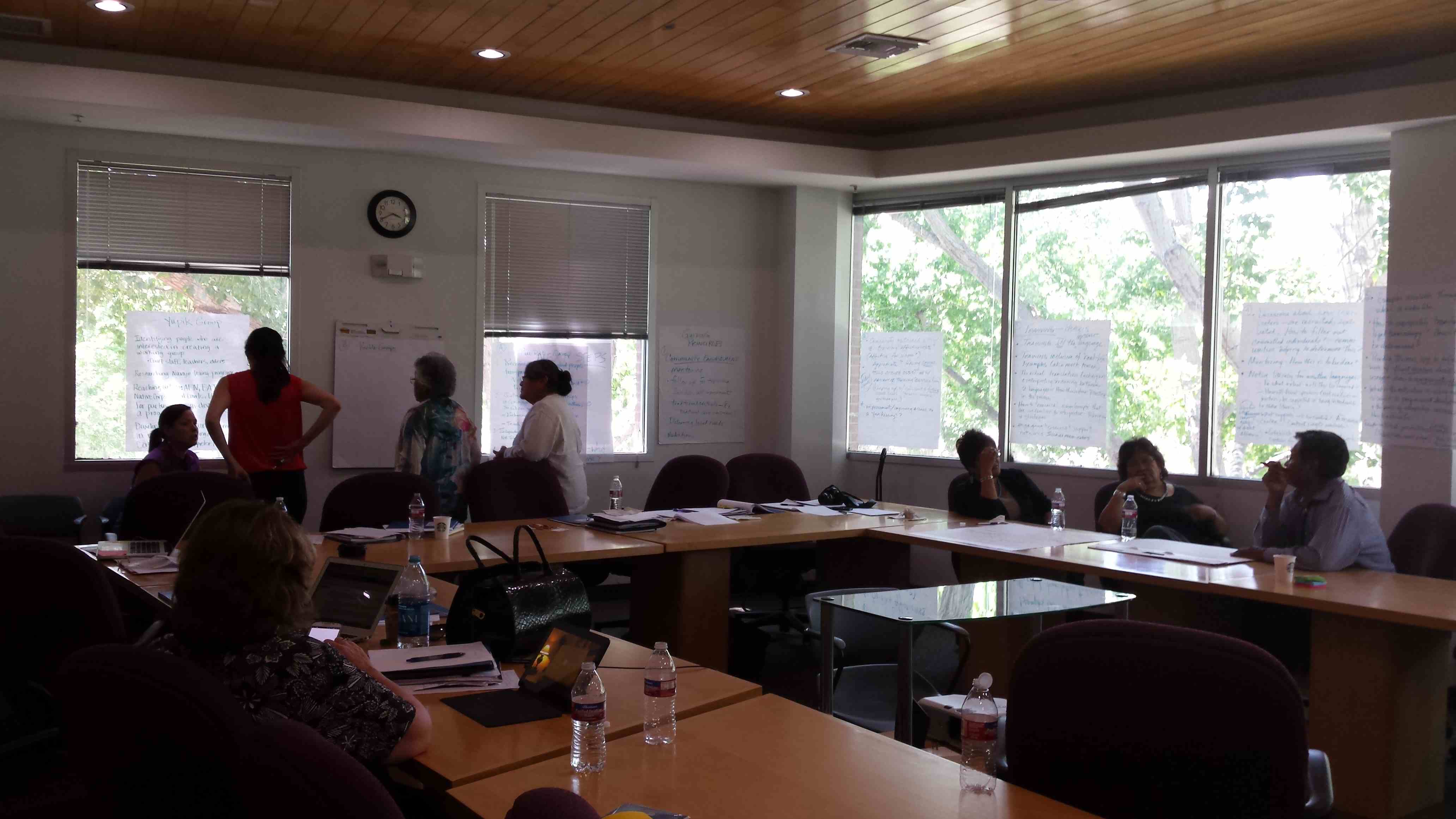
Work session on July 22, 2014, Pamela Sánchez, AOC, Dr. Sims, Prof. Creel, Crystal Garrison, Dr. Bird, Ida Bradley, Blanche Charles, Frank Morgan.
This effort builds upon the existing technologies and expertise in interpreter training of New Mexico Center for Language Access. The project was driven by Core Design Teams comprised of tribal members with expertise in native languages, law, and education. They identified and addressed critical issues and work with NMCLA to develop curricula and standards that maintain the integrity of the court interpreter’s role, while respecting and reflecting unique cultural and linguistic factors. This culturally specific perspective drives the qualification standards that prospective bicultural Interpreters must attain.
For purposes of archiving, providing a foundation for evaluation, and fostering replication in other states, the experiences, processes and outcomes of the activities of the Core Design Teams and work groups were captured through videotaping of selected meetings and activities and interviews with key participants at progressive intervals. This documentation and related analysis provides a model, which is shared with other states and Tribes through the New Mexico Center for Language Access, an NMAOC program, extending the project’s work beyond the scope of the grant, providing inspiration and materials to others, and preserving the investment of time and other resources.
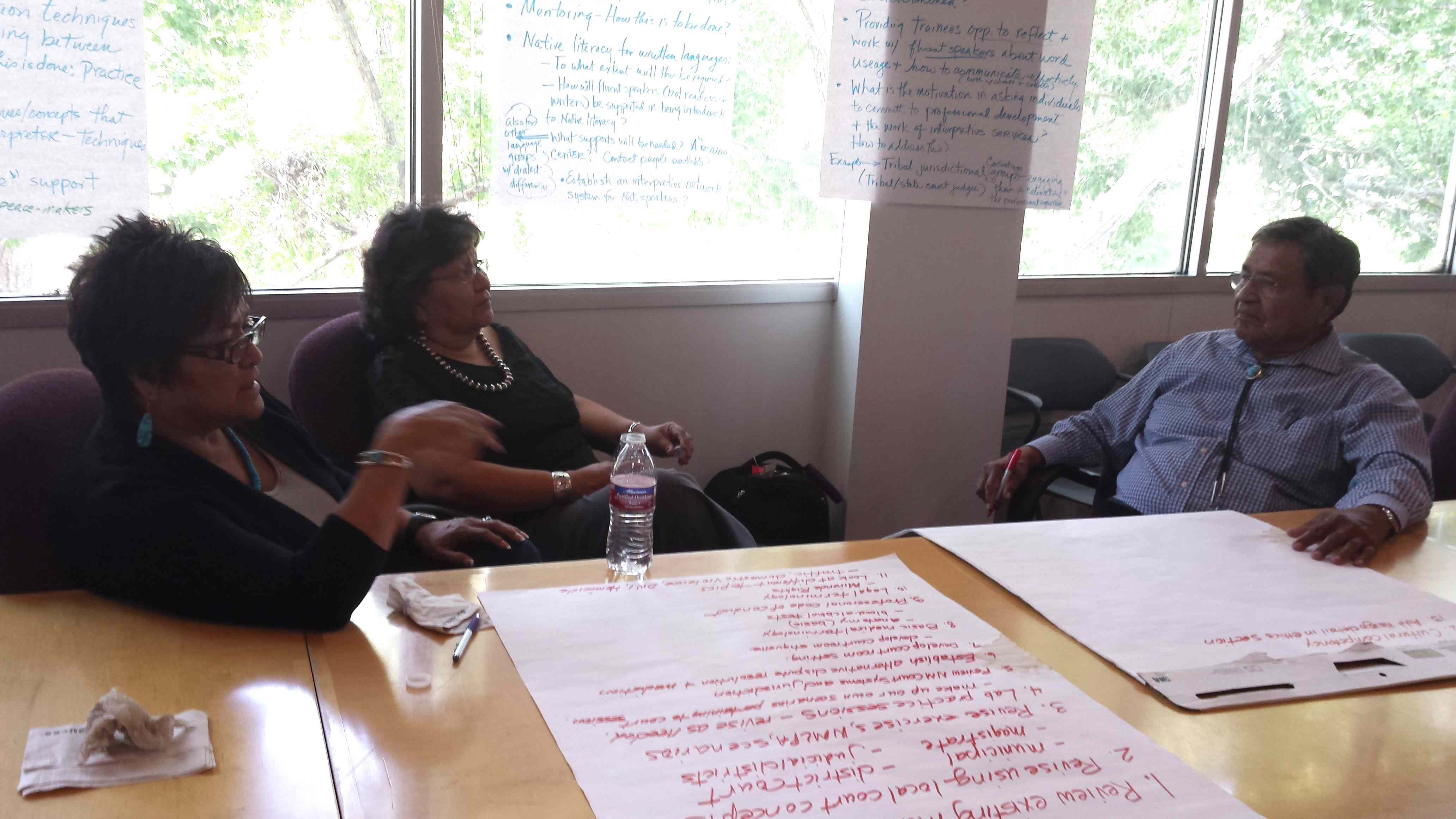
Work session on July 22, 2014, Ida Bradley, Blanche Charles, Frank Morgan.


